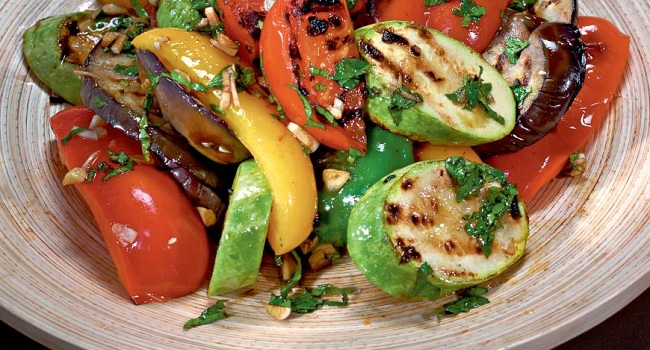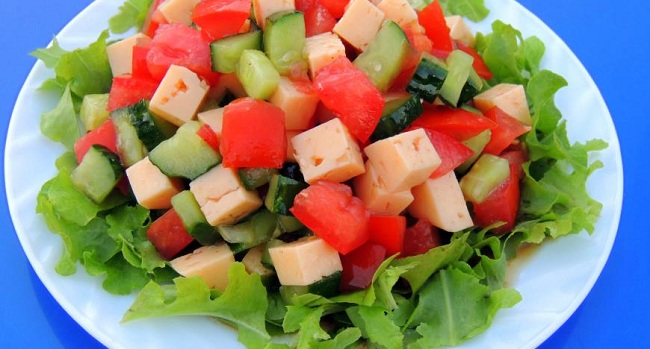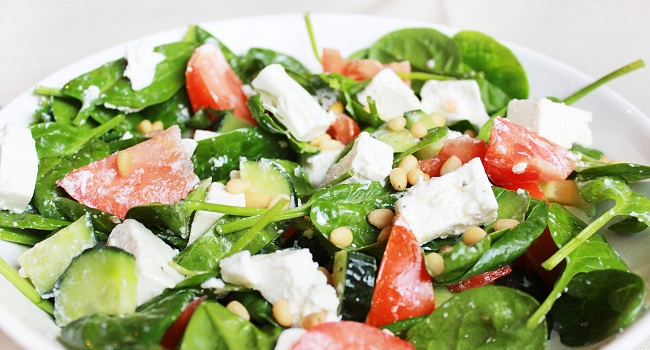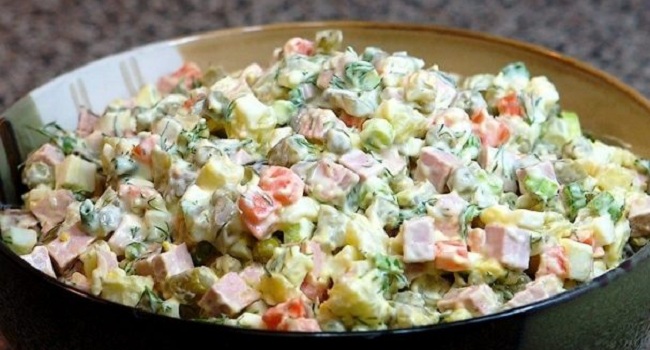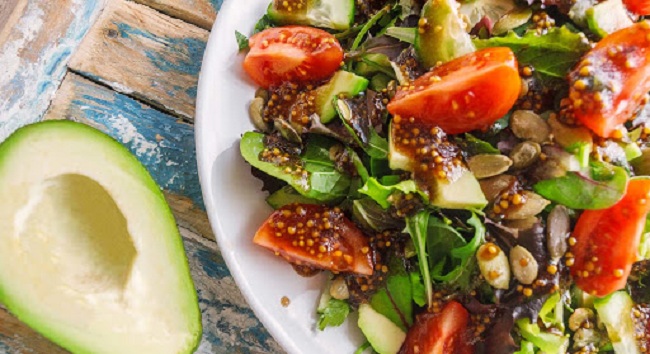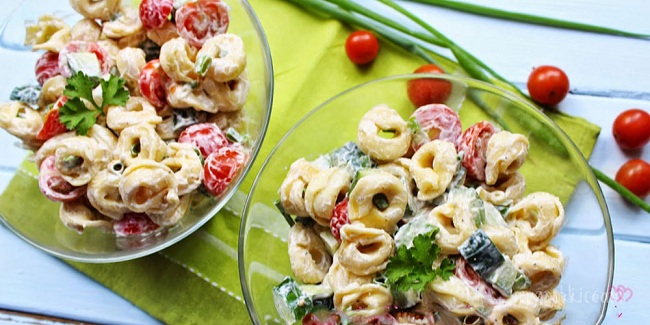The range of vegetables used in the diet should be as varied as possible. It should be borne in mind that different types of vegetables and fruits vary greatly in their taste, nutritional and dietary benefits.
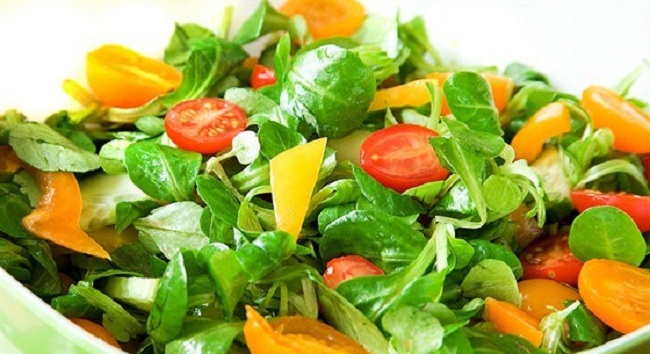
- Withered greens can be refreshed if they are dipped in cold water for 1 hour, to which 1 tbsp. l. vinegar.
- Parsley will become more aromatic if it is rinsed in warm rather than cold water before use.
- Potatoes, as well as vegetables for salads and vinaigrettes, are preferable to cook without peeling so that they retain nutrients.
- It is not recommended to pour out the water in which the peeled vegetables were cooked. This broth contains many beneficial substances and can be used to make a soup or sauce.
- From the time of Ancient Egypt to the present day, medicine has used garlic as a medicine against a number of diseases. It contains special bactericidal substances – phytoncides, which destroy many types of pathogenic bacteria.
- If the sauerkraut is too sour, then it must be placed in a colander and rinsed with cold water.
- A fresh apple will add a spicy flavor to the herring salads.
- Fresh herbs will last longer if stored in the refrigerator in a sealed plastic bag.

